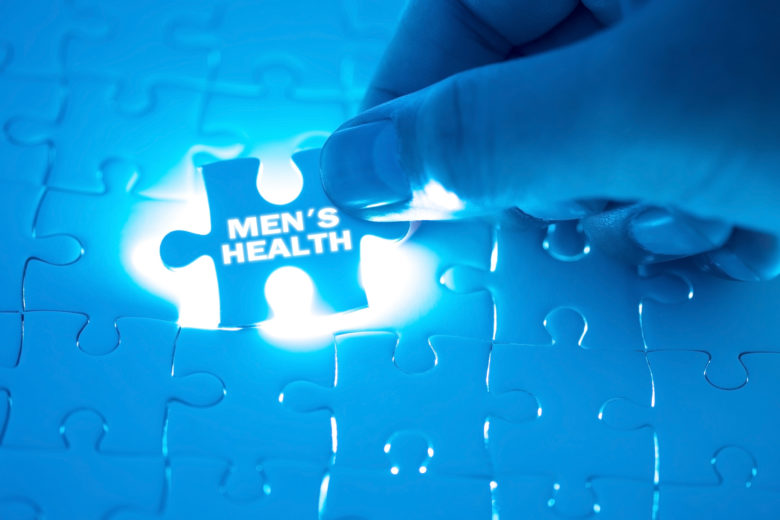Within the broader men’s health crisis, there is one area where differences between male and female mortality and morbidity are especially stark: mental health, the most visible manifestation of which is suicide.
Across all ages and ethnicities, American men commit suicide at far higher rates than women. According to the most recent CDC data, between the ages of 15 and 64, roughly 3.5x more men than women commit suicide. From 65 to 74, male suicides outnumber females by more than 4:1. For those over 74, the difference is a startling 9.3:1. Overall, for males, suicide is the 7th leading cause of death.
One sub-population that’s profoundly affected by the epidemic of male suicides is the military. Historically, servicemembers were less likely than their civilian counterparts to take their own lives. But since 2001, more active duty service members (including Reserve/Guard) have killed themselves than have died in combat. And those numbers are dwarfed by the number of veterans who complete suicide. According to the Military Times,veterans account for a total of 14% of all adult suicides in the US, even though only 8% of the population has ever served.
The alarming disparity in suicides is undoubtedly driven by equally alarming disparities in the underlying mental-health conditions that lead to suicide itself, including depression and anxiety, psychosis, and substance abuse. In fact, nowhere is the connection between suicide and an underlying mental health condition more obvious than with substance abuse.
Between 2015 and 2016, male life expectancy decreased by .2 years, a rather dramatic decline over such a short period of time. That decline was driven, to a large extent, by an even-more-dramatic 9% increase in the male suicide rate, which, in turn, was related to a parallel increase in substance abuse—in particular, opiate use—among men. Such a change in the suicide rate over the course of a single year could easily be classified as the bellwether of a looming public health catastrophe. Actually, two catastrophes. The second is the dramatic increase in opiate overdose deaths. According to the Kaiser Family Foundation, between 2015 and 2016, those deaths increased 20.4% among women and 31.5% for men — primarily middle-aged men, who would otherwise be expected to be among the most productive members of their communities and our society as a whole.
Medical providers, members of the public health community, community organizations, politicians, and the media have collectively been unable (or unwilling) to acknowledge the massive scope of the mental health issues that affect men. As a result, tens of thousands of American men and boys are dying and suffering from what many experts believe are preventable or treatable behavioral and mental health issues.
The effects of this collective mismanagement of mental health issues in men and boys extend into nearly every aspect of American society and have broad implications for the ways we provide (or don’t provide) preventive mental health services to our fathers, sons, brothers, partners, and friends. (The Affordable Care Act, for example, provides girls and women with annual, free, well-woman visits, which include mental-health screenings. No such coverage exists for boys and men.)
At the very least, the lack of adequate mental health care negatively impacts men’s and boys’ academic endeavors and achievements, their productivity in the workplace, the overall quality of their family life, their ability to care for their children and spouse or partner, and their level of community engagement and the contributions they make to the social capital of their communities and our nation.
So what can we do about the male mental-health crisis? First, most experts agree that in order to help boys and men manage the behavioral health and mental health issues, particularly those that are inextricably linked to violence, we need male-focused tools, programs, social support systems and clinical care, not only in primary care providers’ offices, but also in our schools, work environments, social support networks, and community organizations, both on the hyper-local and national levels.
Second, rather than criticize “toxic masculinity,” we need to celebrate fathers and other male role models. From a very young age, boys grow up hearing that “big boys don’t cry,” “play through it,” and “man up.” Those powerful messages keep boys and men from recognizing that they need help and from reaching out to get that help—especially with regard to mental health issues. Fathers and other adult male role models can help boys and young men understand that expressing emotions and asking for help are signs of strength, not weakness, and that caring and nurturing are far better ways of showing you’re a man than committing senseless acts of violence.

